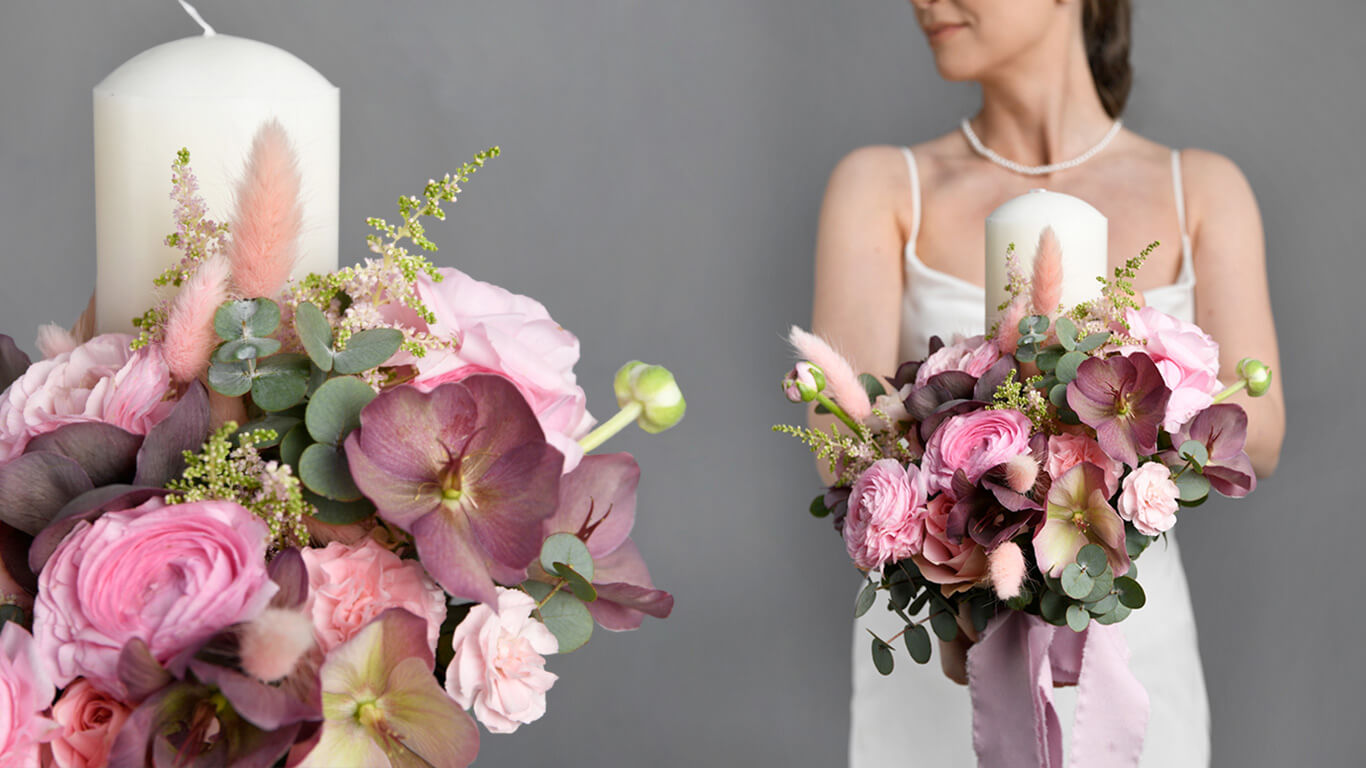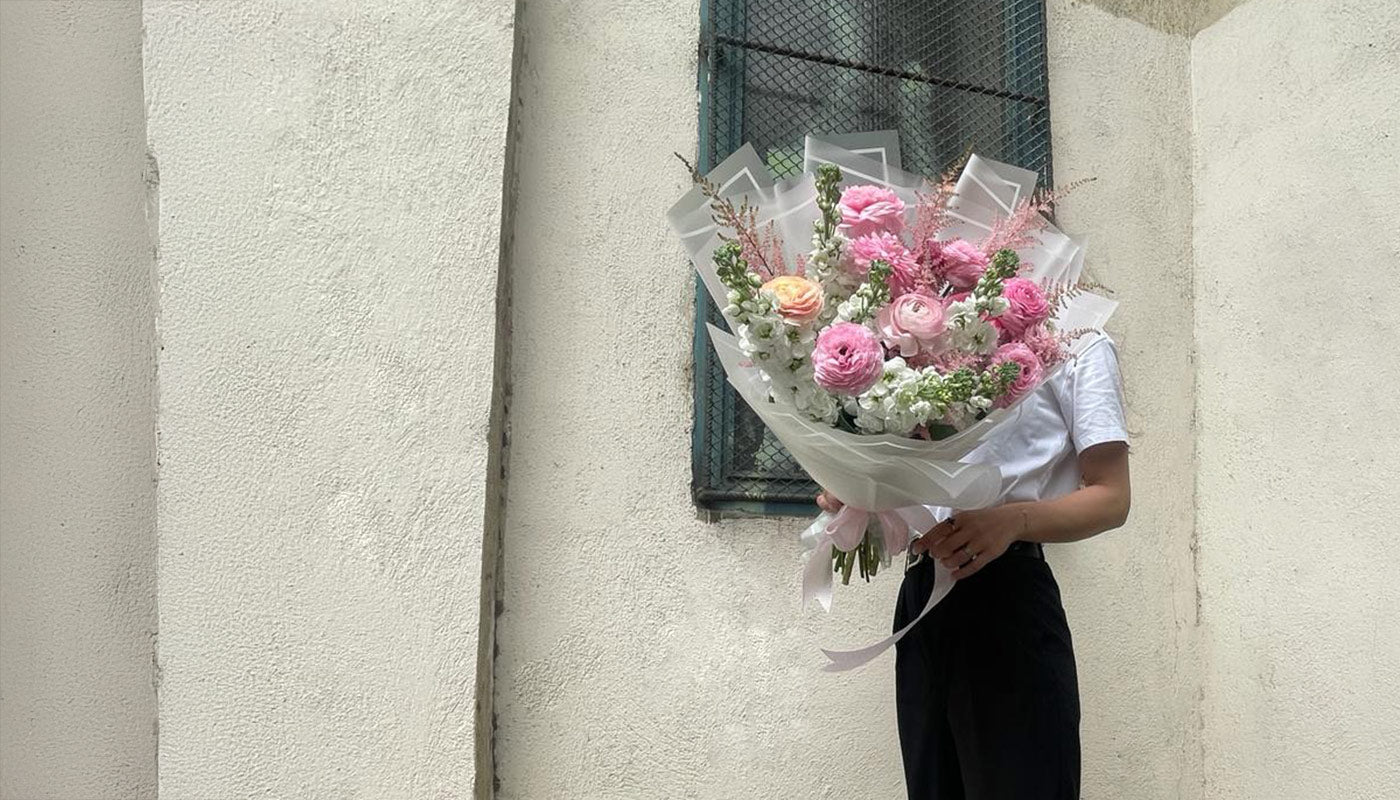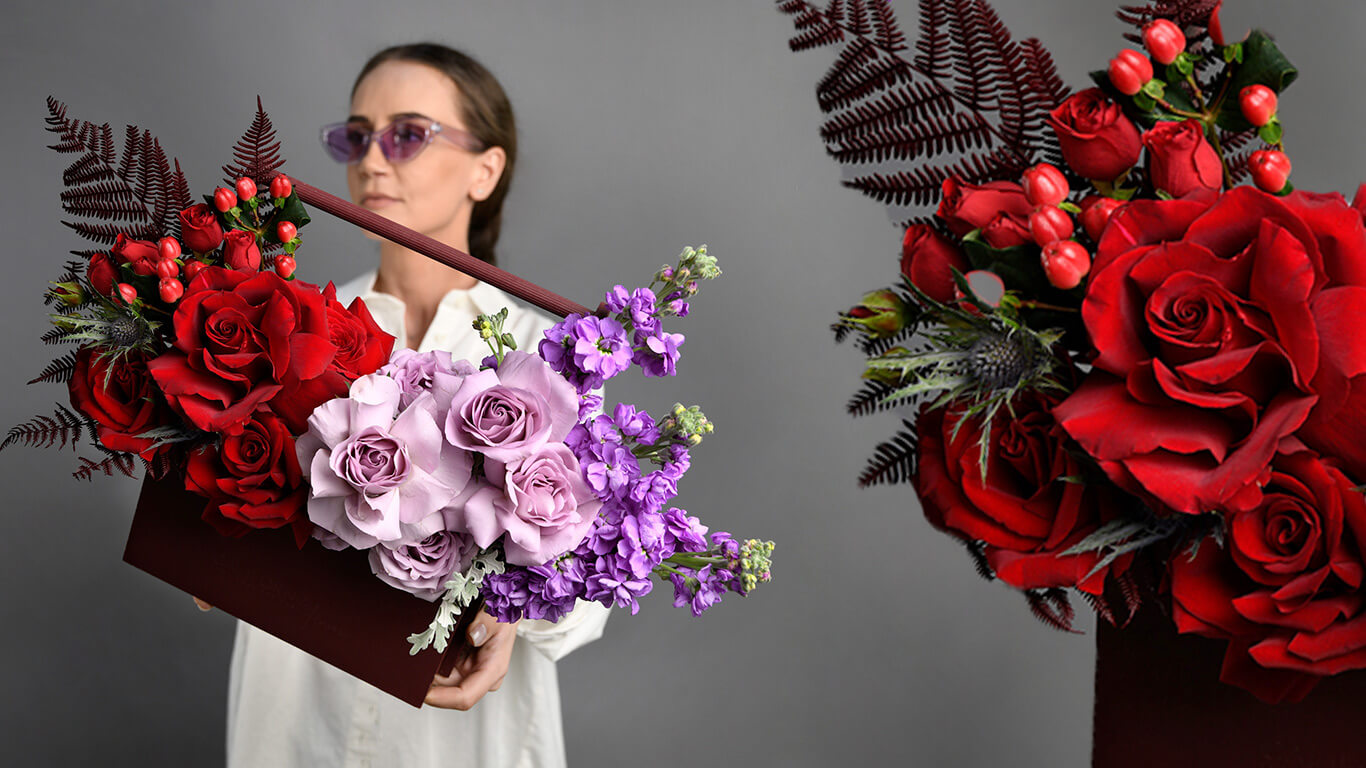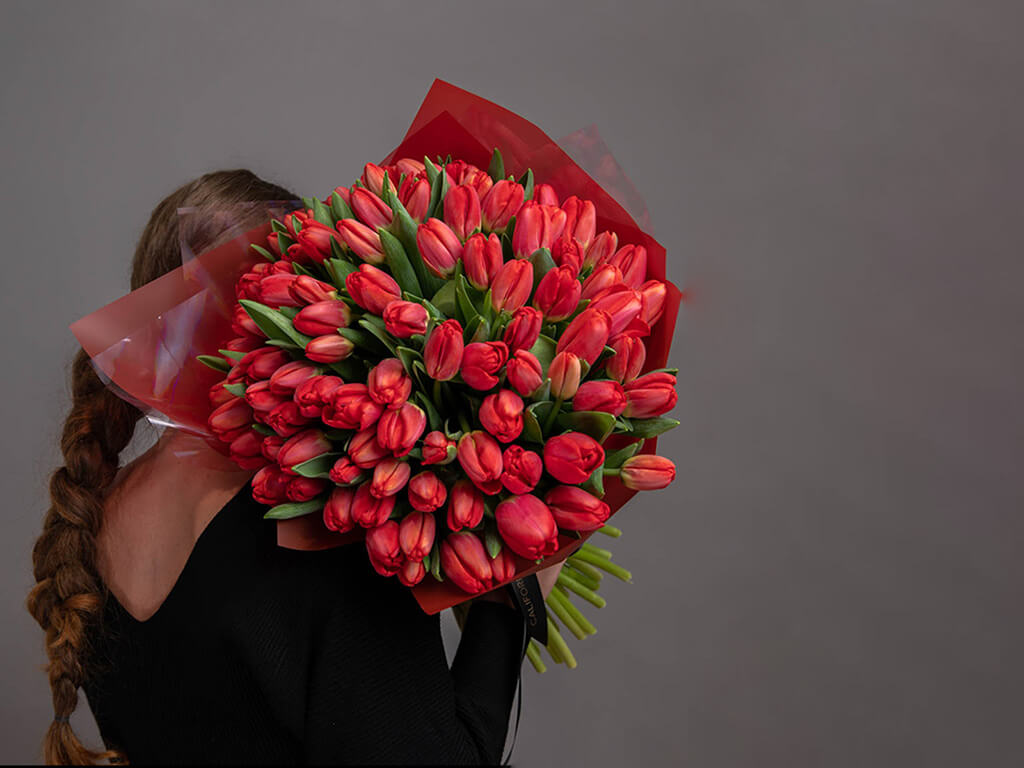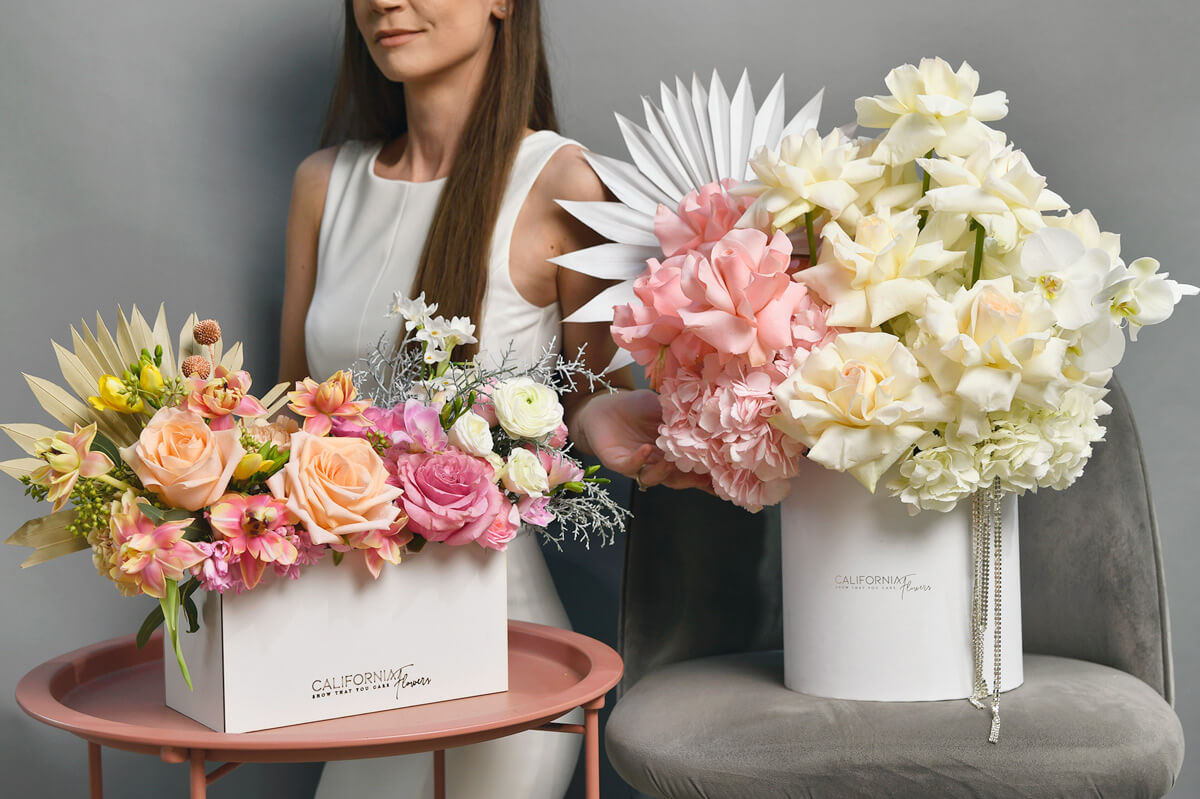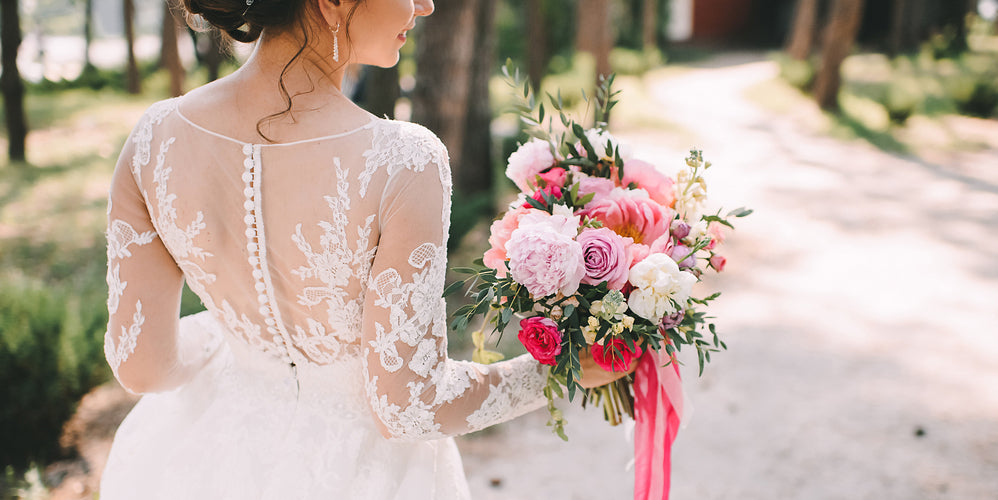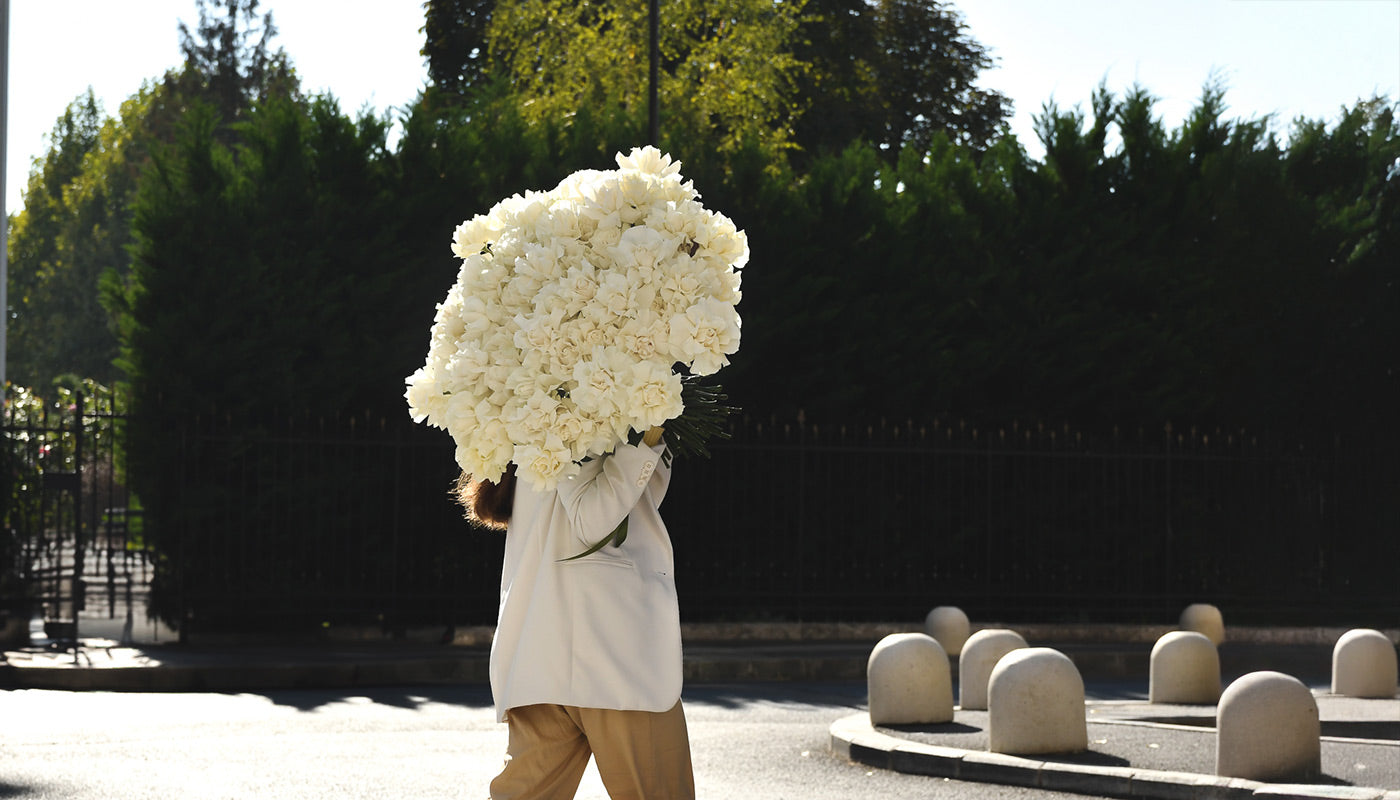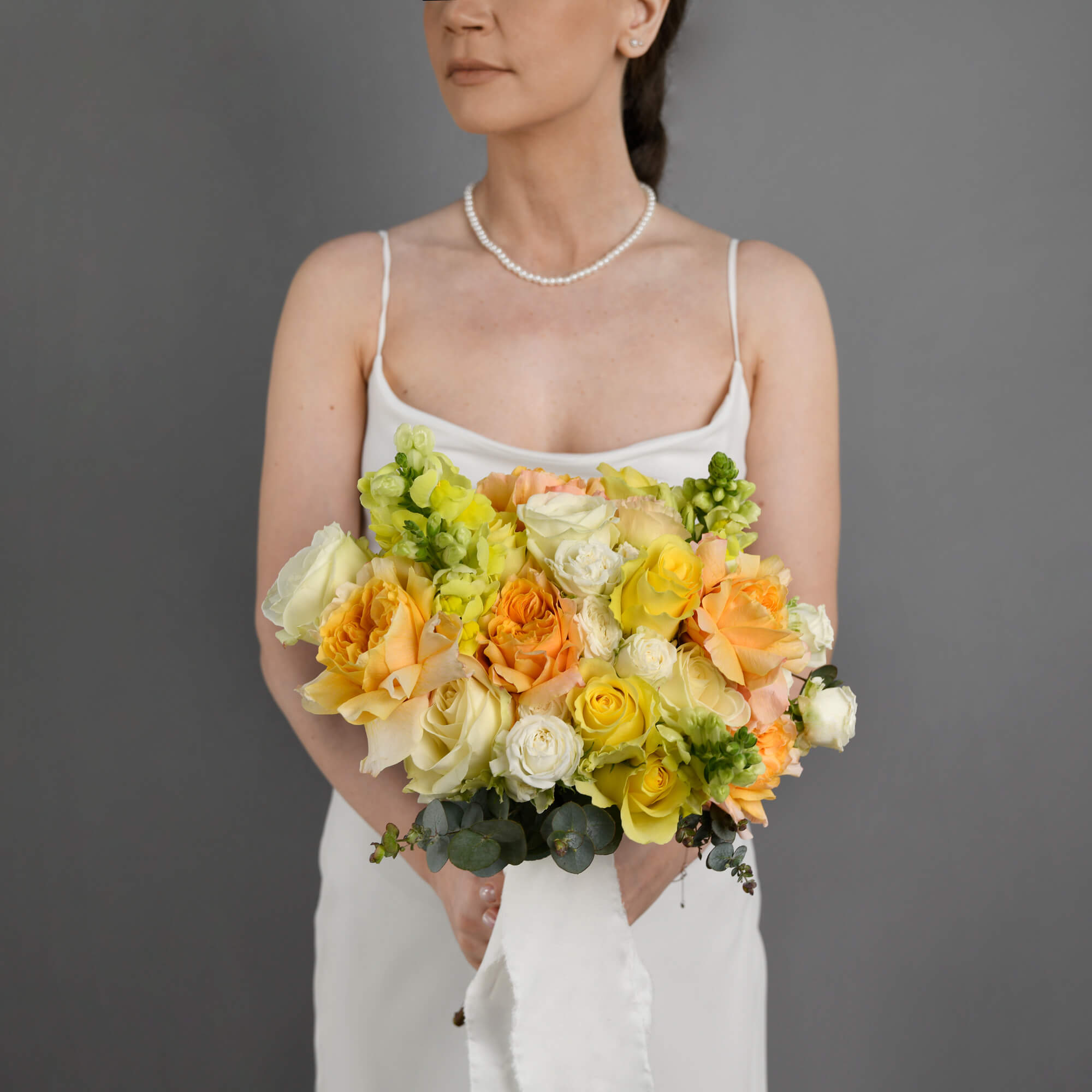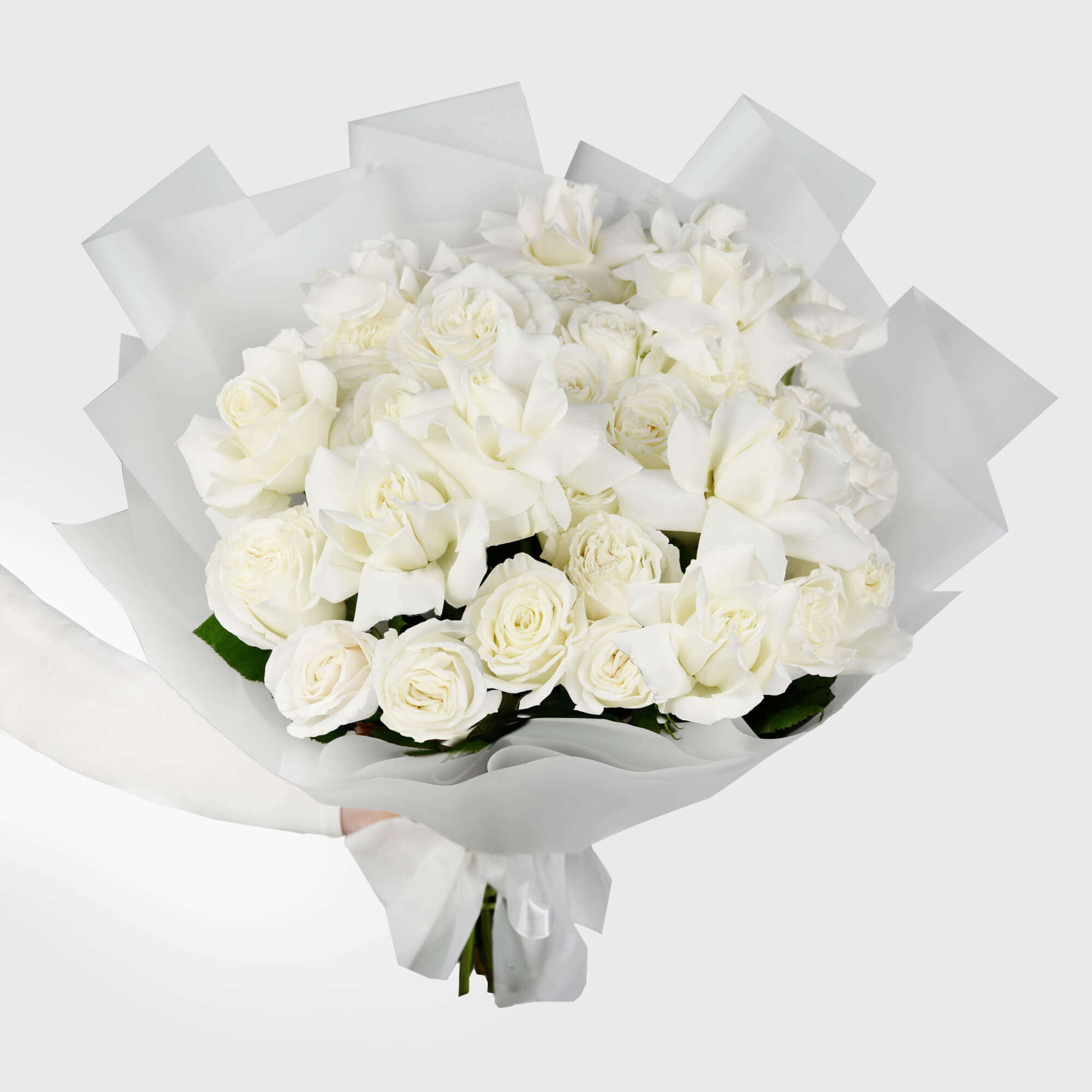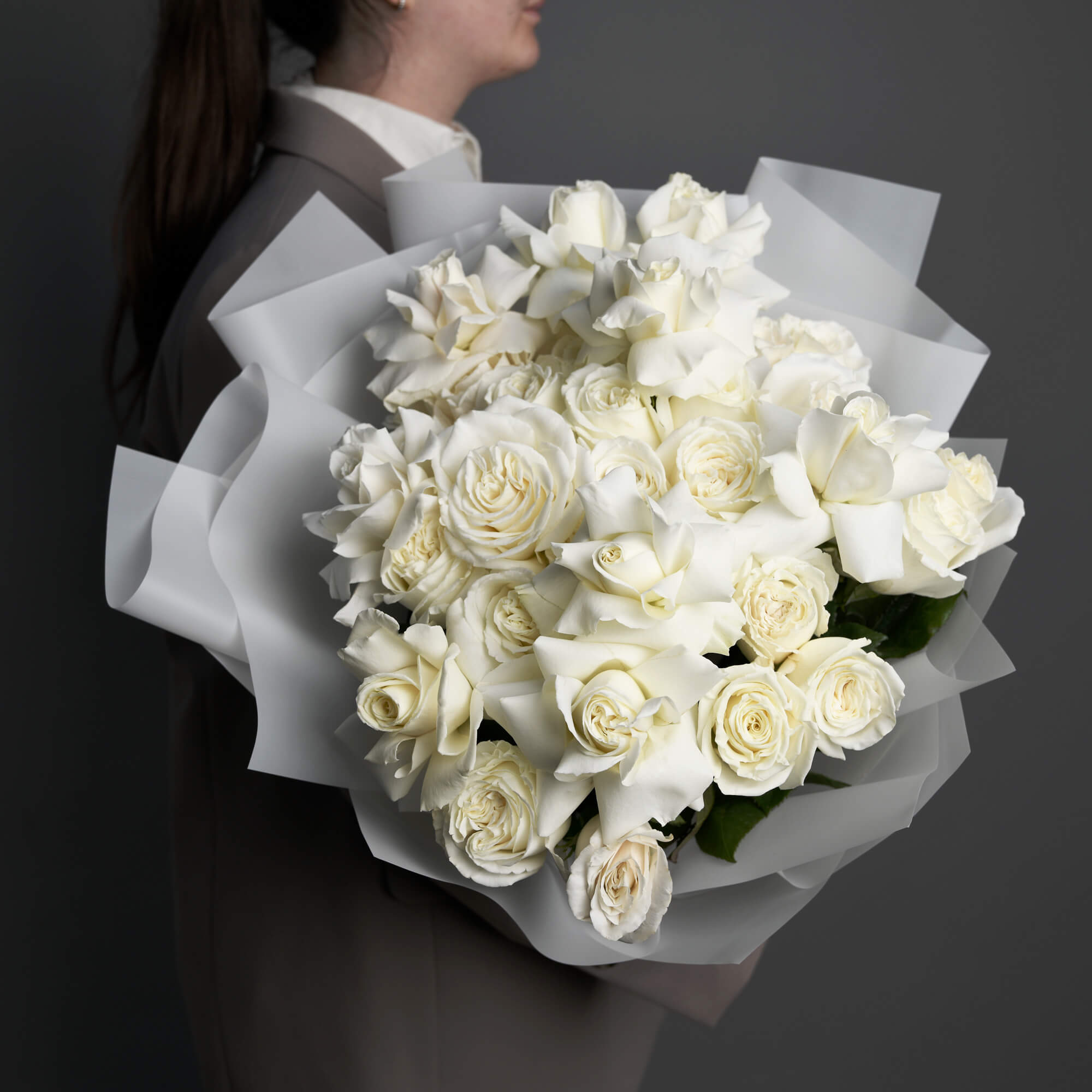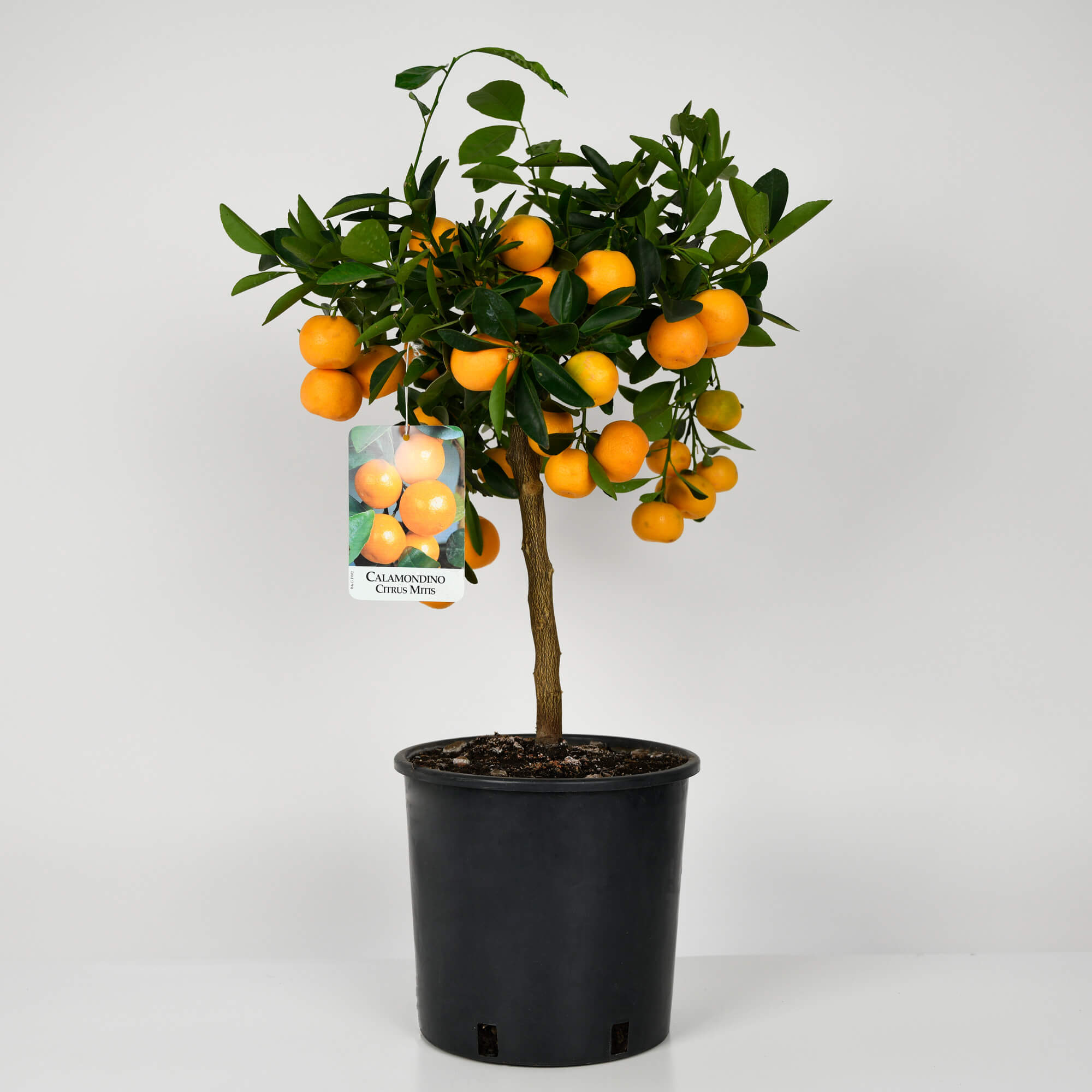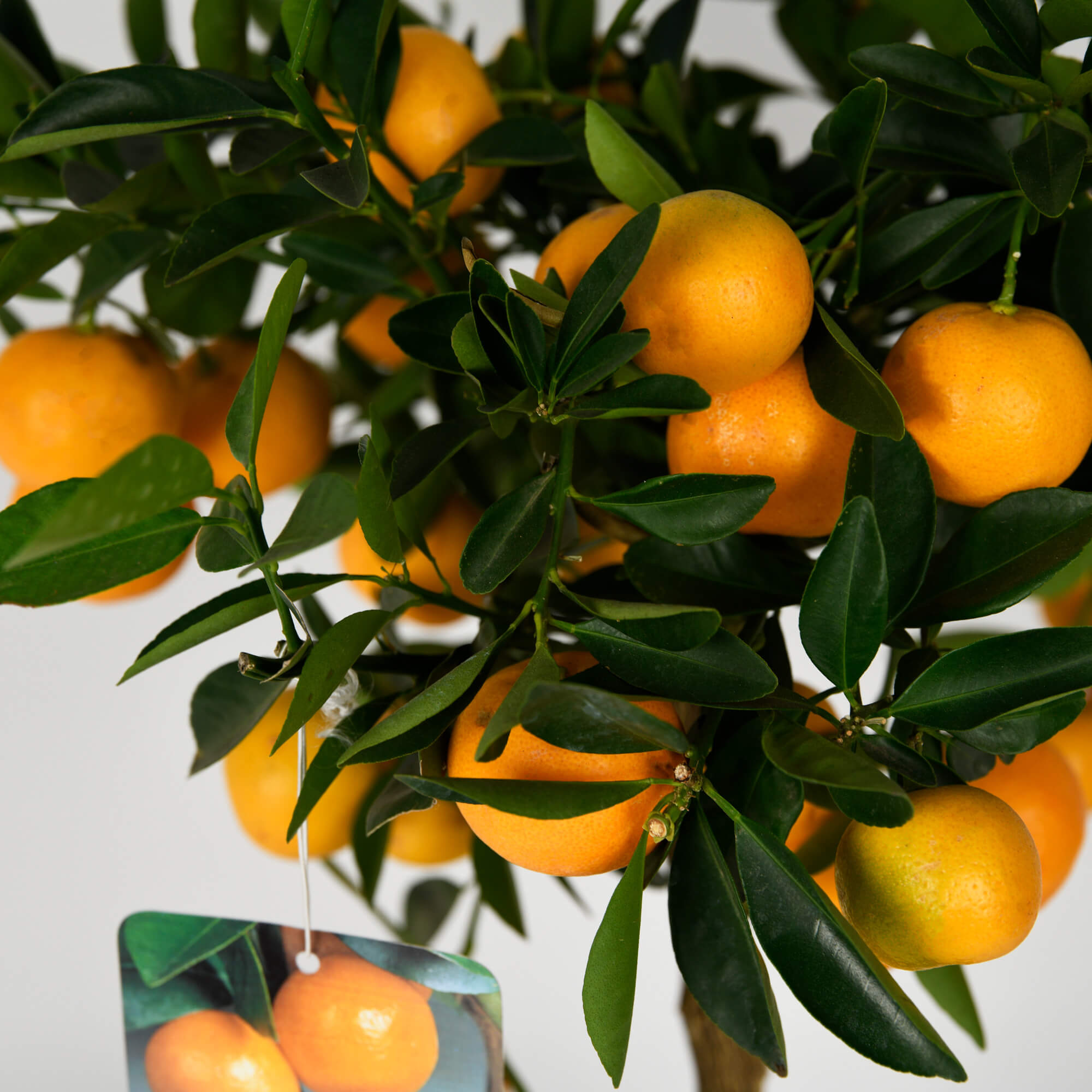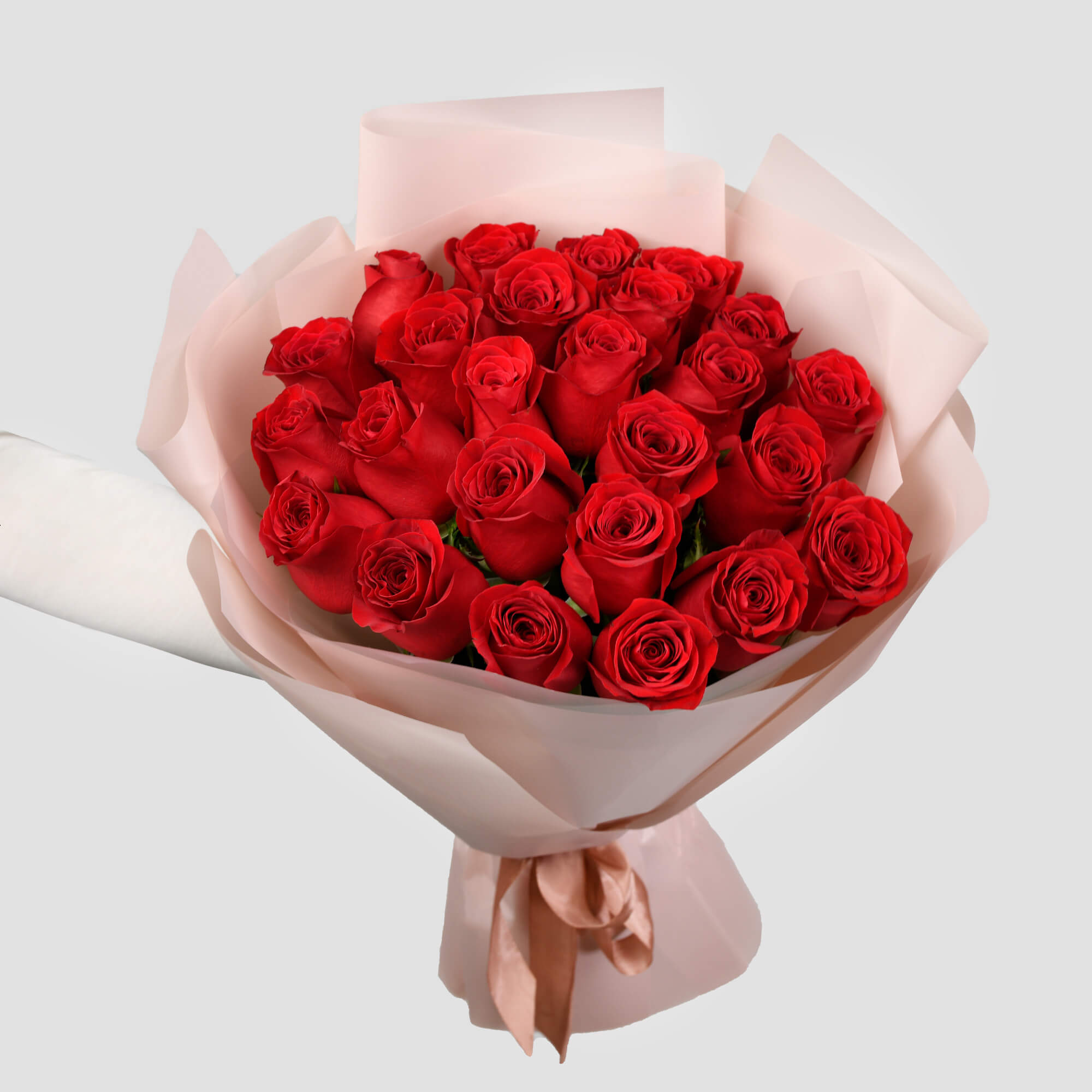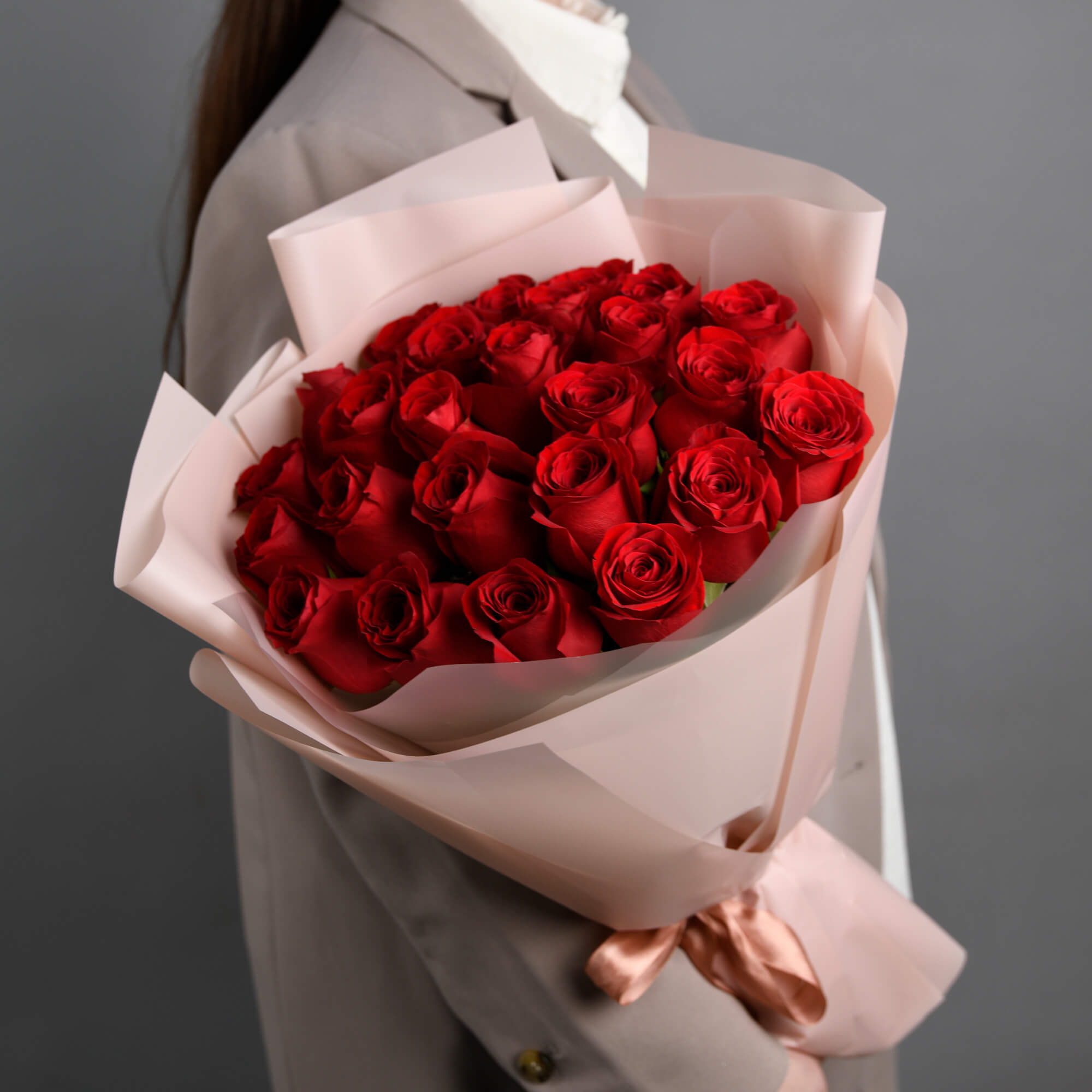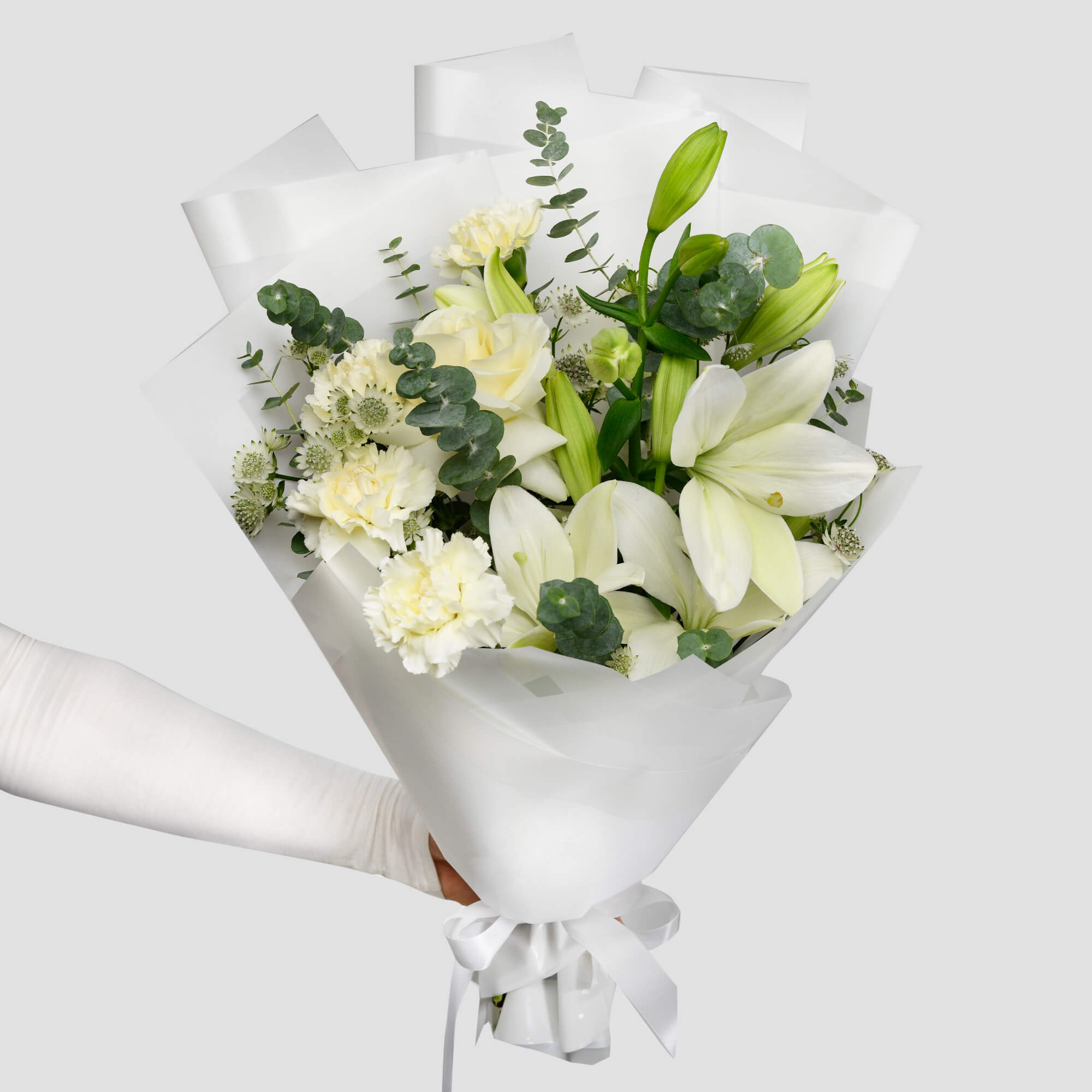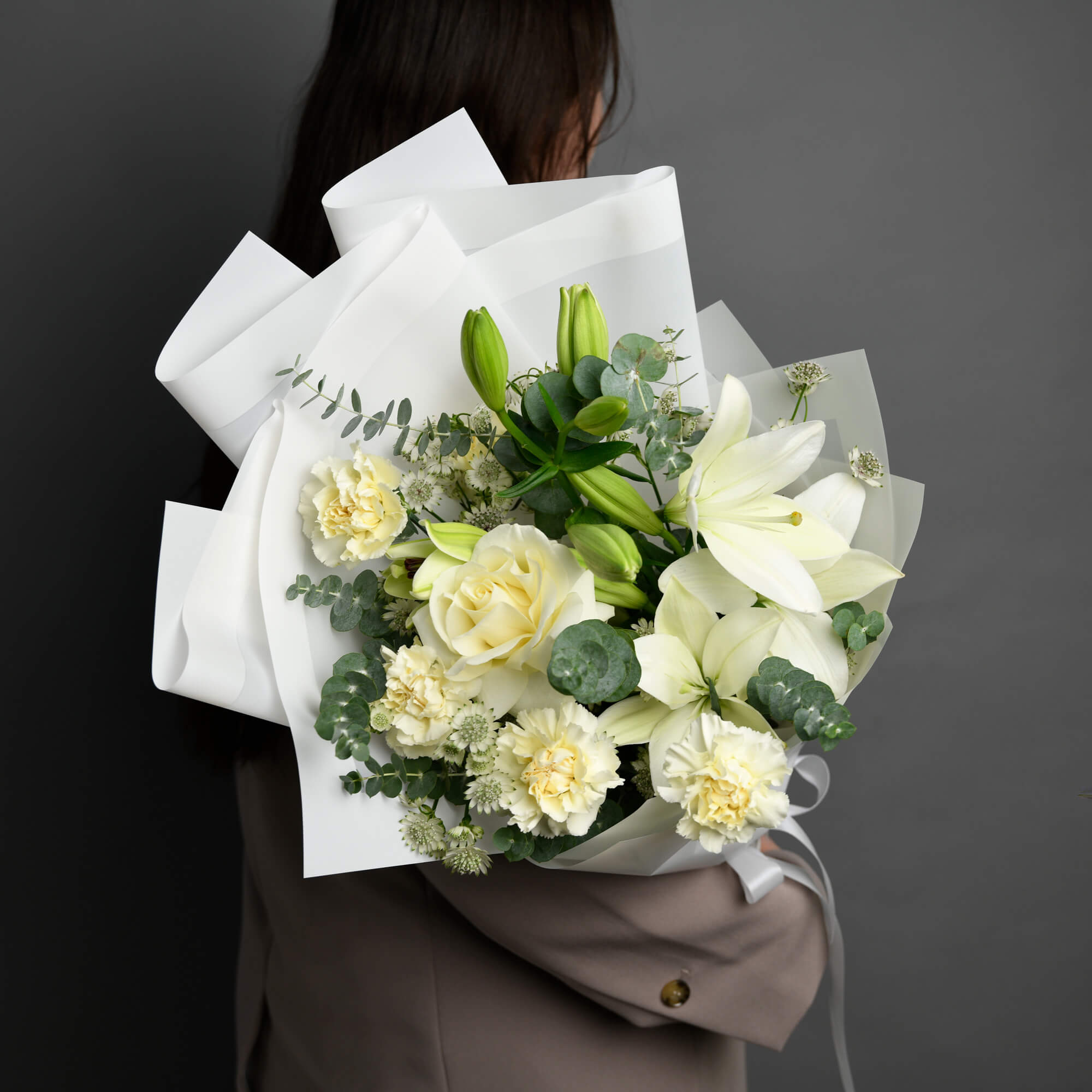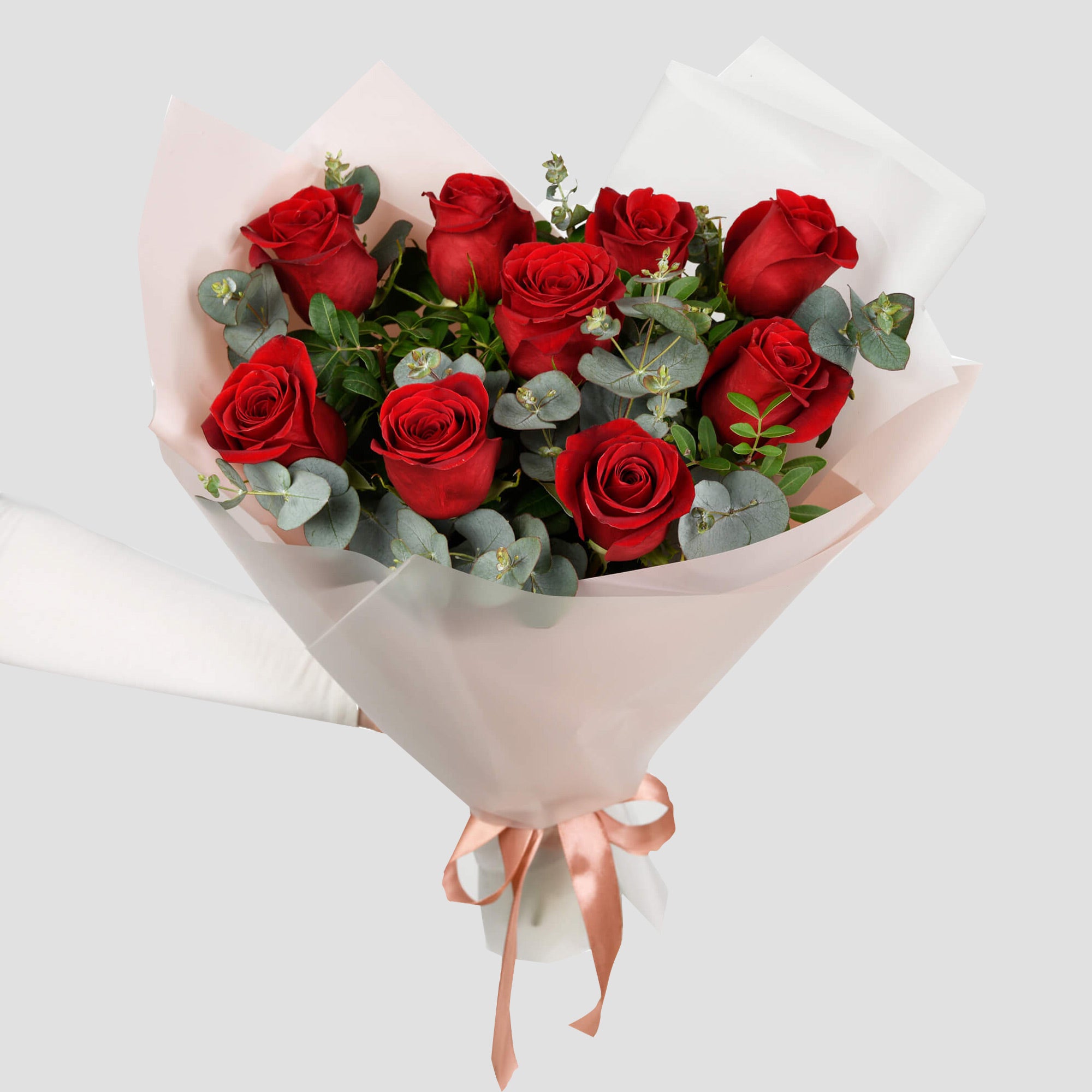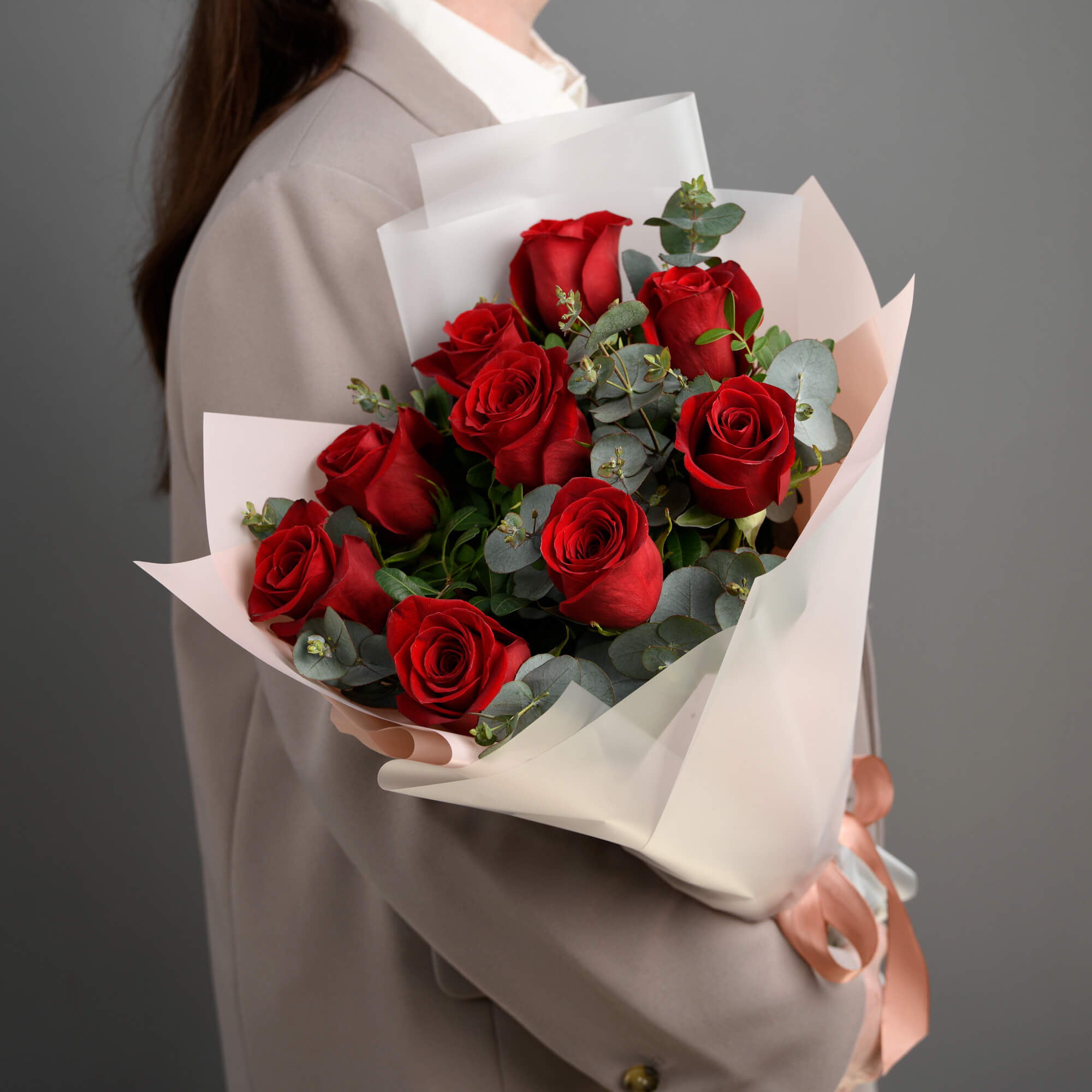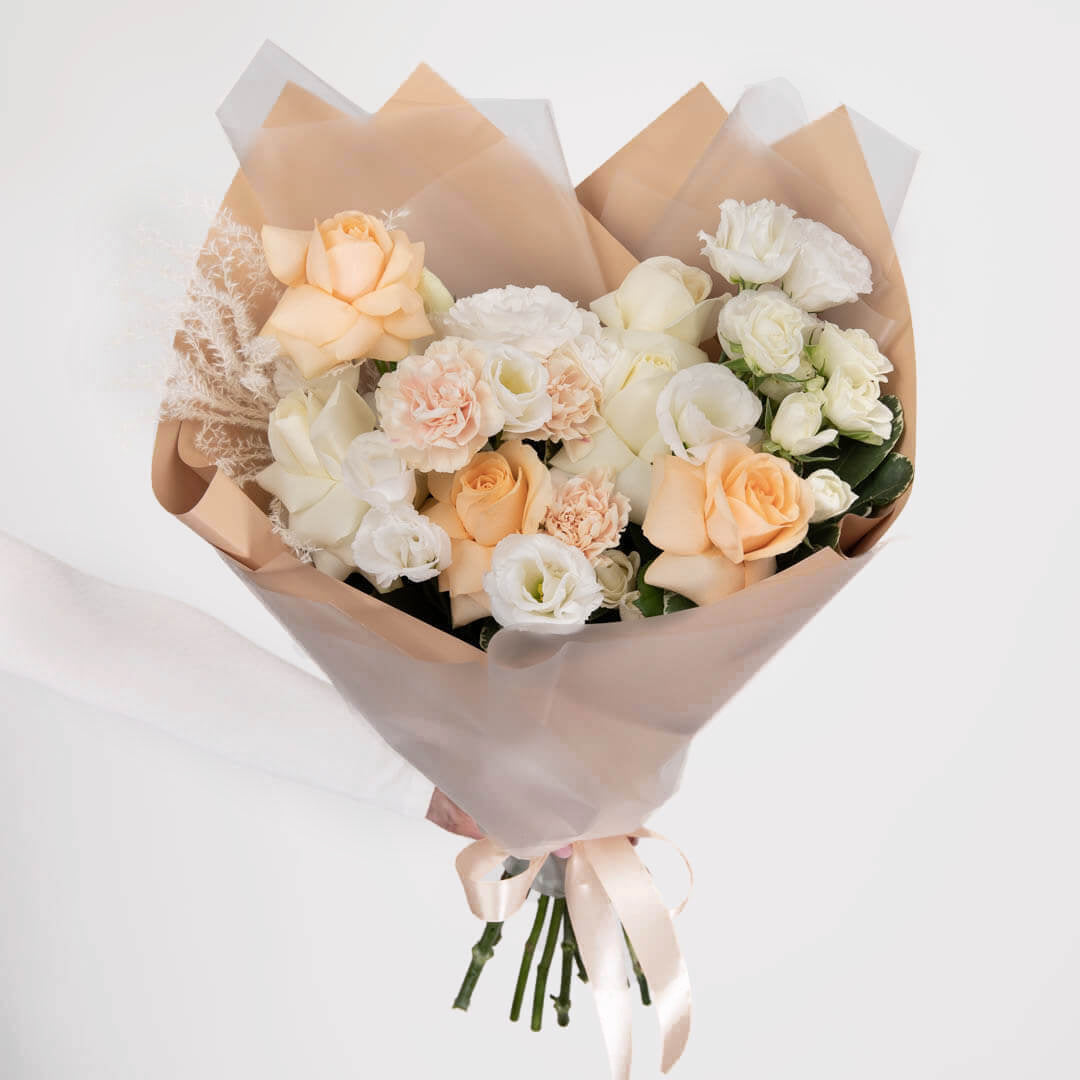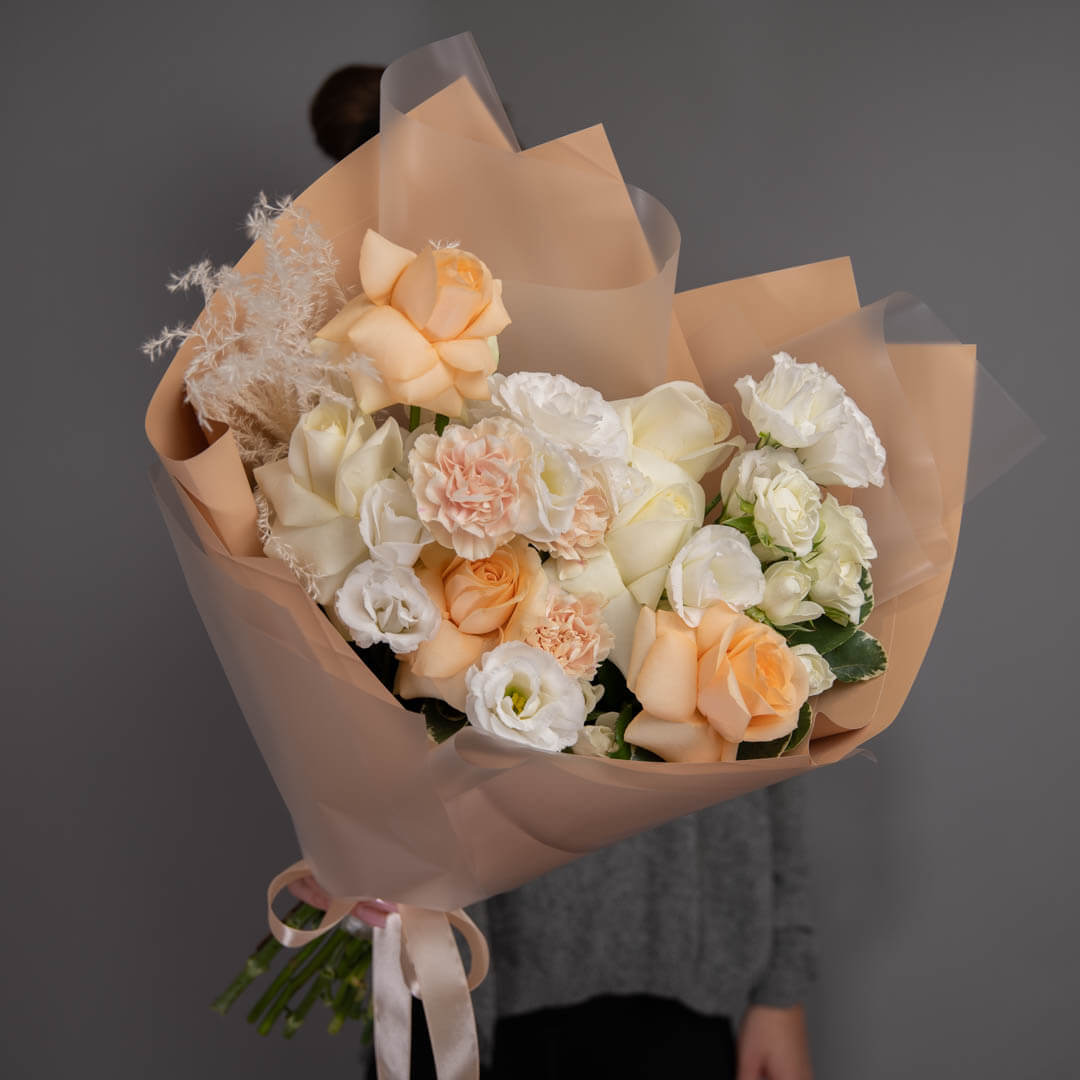Ikebana - GUIDE for beginners: here's what you need to know about the Japanese art of flower arrangements

Floral arrangements are a widespread hobby and appreciated by all the peoples of the world.
However, few schools of floral design are characterized by such symbolism, tradition and rich cultural significance as the Japanese art of ikebana.
This ancient craft of flower arranging has a minimalist aesthetic, but behind it hides a complex theory. The purpose of this guide is to describe this impressive art and to explore the various styles and fundamental techniques of ikebana. At the end of this article, you will be able to successfully create your first flower arrangement according to the principles of ikebana.
CONTENTS:
1. What is ikebana? Definitions, meaning and brief history
Also known as kadō , ikebana is the traditional art of arranging flowers according to centuries-old Japanese principles. The term ikebana comes from the Japanese words ikeru (to arrange, live or have life) and hana (flower). This practice uses a variety of flowers, greenery and other elements chosen with great care to convey a feeling or emotion to the observers - just like a painting or a sculpture does.
This art that "makes flowers come alive" dates back to the 6th century, when several Japanese classical poems began to mention various associations of seasonal flowers. At the same time, Buddhism played an important role in the promotion of this art, also introduced in the 6th century in Japan. Initially, the flowers were simply placed in vases and on altars as offerings to the god Buddha. Kadō (the way of flowers) continued to develop and become one of the symbols of Japan, like the tea ceremony or the burning of fragrant wood.
In the 14th century, the art of religious invoice described the first attempts at actual arrangements of flowers with different foreground, composition and background elements. They were created with a similar theme in mind: harmonizing human existence with nature and divinity. Thus, the three lines created by branches of different heights, called shushi, represent the sky (heaven), man and earth.
A century later, the first publications about ikebana appeared, and today this art is widely taught and practiced in Japan and beyond. Today there are over 1000 different schools of ikebana, each with its own way of interpreting this art. The oldest of these is the Ikenobo school, with a history of over 1300 years, which laid the formal foundations of ikebana. The Ohara School (founded in 1895) is known for using shallow bowls as containers, while the Sogetsu School is extremely popular and appreciated in the West due to its more flexible rules.
2. Ikebana design styles and principles
Ikebana art uses a variety of lines, colors, shapes, dynamic elements and a rich tradition of Japanese culture, religion and symbolism to capture the imperfection-perfectness of nature and human emotion in floral design.
This diversity has materialized over time in the creation of unique styles of ikebana. The most popular styles are:
Rikka style
This style (the literal translation is "standing flowers") was one of the first ikebana styles developed and is characterized by a more formal design, especially preferred by the aristocracy of old. The arrangements are made as an interpretation of nature according to the Buddhist principles of life. One of the things that differentiates this style from the others is the use of 7 or 9 branches placed in a vertical position.
Moribana style
Moribana arrangements (which means "piled flowers") use slightly deep containers, similar to a bowl, which allow the artist to create a design that flows outwards, in positions other than vertical. The styles of sacred arrangements that reflect the luster of the water are very popular.
Nageire style
The first difference you can notice between the Moribana and Nageire styles is that the latter is placed in a vase with a high neck, rather in a low bowl, held together with pins. However, the nageire arrangements can have 3 style variations, as in the case above: vertical, inclined and cascading.
Shoka style
This modern style is a simplified version of traditional arrangements. As in the case of the rikka style, the shoka style consists of three main lines: the central branch representing the "truth", several supporting branches, then branches placed at the base of the arrangement for balance.

All these styles are based on design principles unchanged for centuries. A basic element is the principle of nature. Recognizing and appreciating the changes in nature is fundamental to ikebana. Arrangements should be seen as a reflection of a particular moment in time – a snapshot or portrait that illustrates a particular season.
At the same time, ikebana is considered to be a direct representation of the artist's personality. The way man sees nature is the way the arrangement materializes in reality. This fundamental human-nature axis is illustrated by the 5 principles that form the basis of Ikebana, namely:
- The lines - are given by the outline of the flowers or branches used. An arrangement can have a few lines or more, depending on preferences. Arrangements composed mostly of vertical and horizontal lines are more symmetrical and convey a static character. To create a more dynamic design, you can put asymmetrical or curved elements. Verticality is another principle. Just as a straight posture in humans means strength and vitality, the same can be said in ikebana. The more vertical an arrangement is, the stronger it appears.
- Volume - is another basic element used to add weight and depth to the arrangement. When you look at different models of arrangements, try to notice how the volume was used to achieve a full appearance, or on the contrary, to express something more delicate.
- The focal point (accent) - is the final element on which an ikebana arrangement is based. Most often, it can be achieved with the help of a special flower that attracts the attention of the viewer, using a flower to attract attention.
- Space - can be positive or negative. This is the relationship between the physical elements of the arrangement and the empty space between them.
- Materials - although there are generally less strict rules here, most arrangements only use 2-3 different types of plant material. When choosing materials, consider their shape, color, density and texture.
3. Fundamental techniques of ikebana
Before you start creating your own arrangements, there are some rules and techniques that you should know. Without these basic elements, it can be difficult to create anything, regardless of your creativity or imagination.
Environmental factors: A flower arrangement will last the most in favorable environments. Humidity is welcome and will help the flowers keep their freshness for longer. Also, a cool environment is preferred to a warm one, because high temperatures will wither the vegetation faster. Keep the arrangements away from smoke, strong sunlight and air conditioning.
Cutting the stems: A technique frequently used by ikebana practitioners is mizukiri, in which the flower stems are cut under water to prevent air from entering and oxidizing the flower. At the same time, you must make sure that you correctly section the stem. If you have chosen a kenzan bowl as the base, then it is recommended to make the cuts perpendicular to the stem. If you use a vertical vase to hold the flowers, then a diagonal cut will maximize the portion through which the flower can absorb the water so necessary for survival.
Retouching: A rule in ikebana is to always keep the lines and contours very clear. Thus, sometimes it may be necessary to remove any twigs and leaves that prevent you from having the desired result. Also consider cutting those leaves that sit below the water line, as they add nothing to the arrangement (but could be a breeding ground for bacteria).
Maintenance of the leaves: If you want to enjoy a beautiful and long-lasting appearance, it is recommended to clean the leaves from the arrangement from time to time. You can do this with a slightly damp paper towel.

Fixing the flowers: Sometimes it can be difficult to fix the flowers with thinner stems in the chosen support. When this happens, you can take the thread with the thinner stem and place it, or merge it with a thicker stem, which you can place firmly in the bowl. Another method is to use a splint. To do this, simply attach a segment of the smaller stem to the stem that offers more stability.
Crushing the stems: We all want fresh flower arrangements that last. You can achieve this result by hitting or crushing the stems of the flowers you use in your arrangement. Even if it may sound a little aggressive, this procedure is absolutely necessary for hard and fibrous stems. By crushing them, you will increase the surface of the cut, i.e. the place through which the flower will get its water. This process shouldn't take long and all you need is a small hammer or other flat object. Beat slowly until the ends become softer and more distant.
Boiling the stems: Another technique you can use to keep your flowers alive longer is boiling the stems. By doing this, you not only allow the stem to absorb more water, but you will also eliminate bacteria that could affect the health of your flowers. To do this, take the end of the stems and put them in boiling water for about 5-7 seconds.
Bending and modeling: Sometimes you can find that the stems and branches in the arrangement do not have the desired shape. Fortunately, most of them are flexible enough, allowing you to bend or shape them to your liking.
4. How can you make your own ikebana arrangement?
As we have seen, Ikebana models can vary in size and composition. They could be composed of a single flower or a stunning combination of branches, flowers and foliage. If you have decided to try to design such a flower arrangement, here are some steps that can help you in this new experience!

STEP 1: Buying flowers
To make your own ikebana arrangement, floral experts suggest you start with a visit to the flower market. Before choosing objects to integrate into the arrangement, ask yourself the following questions: "What do I feel when I see this flower or this object Curiosity?" Interest? Joy? The feeling that I want to touch him?". Let your emotions guide your choices and remember that this practice embraces human nature, with all its imperfections and complexities. Besides flowers, you might find an interesting vase, a few blades of grass, a branch, or a leaf that you think could fit right into your arrangement.
Bonus tip: you can reuse the flowers or branches with leaves from the classicbouquets received on various occasions in your own ikebana arrangement!
STEP 2: Selecting and cutting the branches
Once you've gathered a few elements for the arrangement, it's time to put things together. Most ikebana models include from 5 to 13 stems. To begin with, it is recommended to integrate a smaller number of elements, so as not to feel overwhelmed by a potential visual agglomeration. The process of selecting the stems can be difficult, but to overcome this feeling, choose the stem that "tells you more" than the others in the first phase - that is the central piece of the arrangement. Then place it next to other elements to be able to observe potential combinations. Do you see a match? Do they have similar colors? If you don't see anything complementary, go in another direction. If you have found a convincing branch, but you have to cut it to be able to integrate it, use the cutting techniques above. Use a pair of scissors, well sharpened. At the same time, remember that the elements you select for your arrangement do not have to be perfect. Crooked stems and uneven shapes are welcome!
STEP 3: Arranging the elements in the ikebana bowl
The time has come to shape your arrangement, placing it in a bowl. Unlike traditional Western arrangements, which try to hide the "magic" behind the design, ikebana highlights it. As a rule, the traditional vessel called kenzan is a little deep and can have the shape of a small pond, in which you can put the flower stems in the desired position. If you don't have such a vessel, a ceramic vase or bowl can be just as good. You can fill the bowl with water - and if it happens that petals fall into the water, then so be it! Everything is part of the Japanese notion of wabi-sabi, the Buddhist belief that there is beauty in imperfection.
The final result can be truly surprising, as the arrangement will become a direct expression of the way you relate and work with nature in its purest form. As you experience this new art at home, remember that the process is just as important as the end result. So it's best to slow down, take things one at a time and leave self-criticism aside - a great practice that can be applied in life too!
As we have seen, ikebana is not only a simple method of arranging flowers as a decorative object. This is a true art with a history rich in meanings and above all a calming, healing process that will highlight your creative sense!
Photo sources: shutterstock.com, unsplash.com.
Flower delivery Bucharest with home delivery
Flower delivery Brașov for fresh flowers and fast delivery



